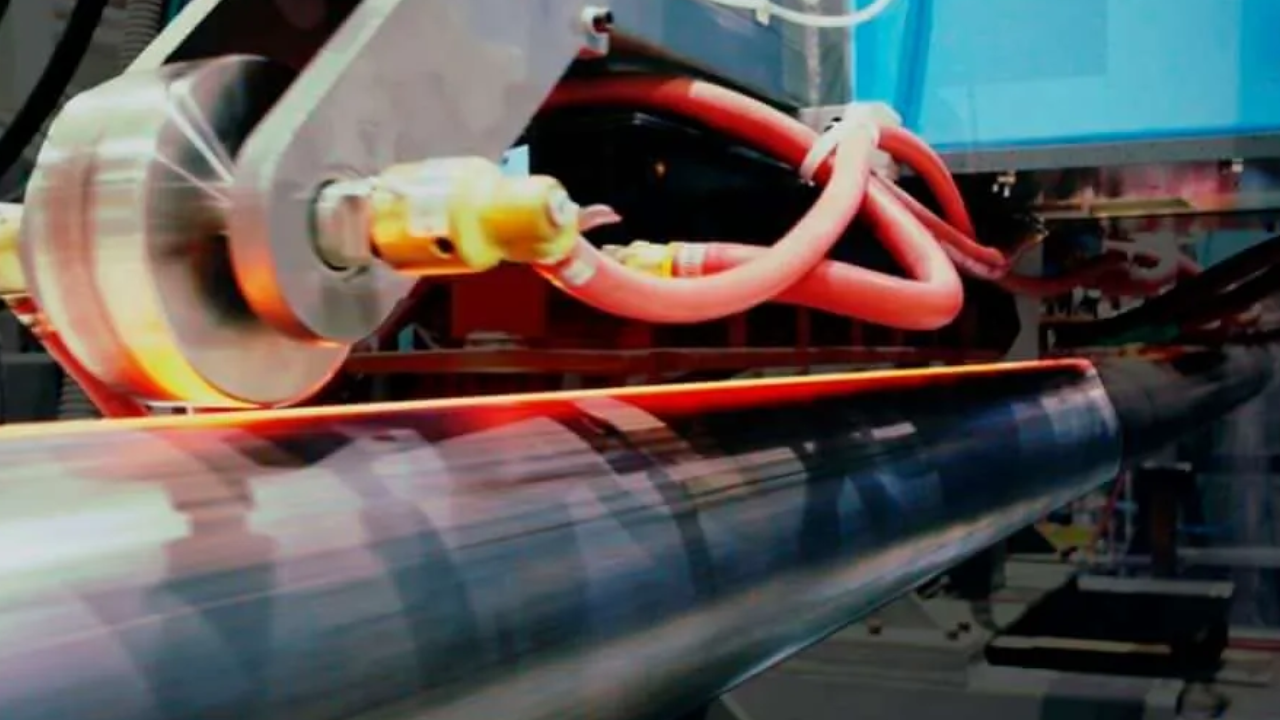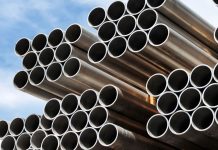To construct a working piping system, pipe fabrication entails assembling different piping components, including pipes, fittings, valves, and flanges. Usually, the procedure starts with cutting pipes with saws or torches to the required lengths. Fittings are then screwed or welded onto the pipes to provide connections. For a reliable and leak-proof junction, welding is frequently used.
After the pipe parts are put together, they are inspected to make sure the industry standards and design parameters are met. Throughout the fabrication process, quality control procedures are used to ensure structural integrity and safety. Ultimately, the constructed pipework fabrication is put in place in compliance with the project specifications, and prepared to move liquids or gases in commercial, industrial, or residential environments.
Environmental Benefits of Steel Fabrication
When it comes to the environment, steel fabrication is more advantageous than other materials that are frequently utilized in manufacturing and building. Steel has qualities that make it a sustainable material to use, produce, and eventually recycle. Here are a few of the main advantages steel fabrication has for the environment:
Recyclability
The ability to recycle steel fabrication is one of its most noteworthy environmental advantages. With a recycling rate significantly higher than that of other materials like plastic or glass, steel is one of the most recycled materials on the globe. Steel recycling minimizes energy use, conserves natural resources, and eliminates the demand for virgin raw materials.
Energy Efficiency
Making steel from recycled materials uses a lot less energy than making steel from the ground up. Since melting and reprocessing scrap steel requires significantly less energy than extracting and refining iron ore, recycling steel can result in significant energy savings. Steel fabrication lessens the environmental effect of industrial operations and contributes to the reduction of greenhouse gas emissions by using less energy throughout the manufacturing process.
Durability and Longevity
Steel buildings are well known for their resilience and length. Steel keeps its structural integrity for decades, if not centuries, in contrast to other materials that break down over time. This durability lessens the need for regular replacements and repairs, which eventually uses fewer resources during a structure’s lifetime. Steel’s endurance also reduces waste generation because fewer materials are dumped in landfills when construction reaches the end of its useful life.
Resource Efficiency:
By using accurate manufacturing techniques and generating little material waste, steel fabrication maximizes the utilization of resources. Modern technologies allow producers to precisely cut, shape, and assemble steel components, minimizing material waste. Examples of these technologies are computer-aided design (CAD) and computer numerical control (CNC) machining. Steel’s adaptability also makes it possible to utilize space effectively, allowing architects to develop inventive, lightweight structures that utilize fewer materials without sacrificing strength or safety.
Decreased Environmental Impact of Transportation
Before components are transported to building sites, they are frequently prefabricated in controlled industrial conditions for steel fabrication. Prefabrication lessens environmental disturbances including soil erosion and habitat destruction while shortening the time spent building on-site. Prefabricated steel components also use less fuel when being transported to construction sites than bulkier raw materials do, which lowers air pollution and carbon emissions.
Minimal Pollution to the Environment:
Steel fabrication produces very little pollution to the environment when compared to certain construction materials that emit toxic chemicals or other pollutants during production or usage. With many manufacturers taking steps to lower emissions of pollutants including carbon dioxide, sulfur dioxide, and nitrogen oxides, steel production methods have grown more environmentally friendly and efficient. Furthermore, developments in steel coating technology have produced environmentally benign coatings that offer corrosion protection without endangering the environment.
Reusability and Adaptability:
Steel structures are perfect for applications where flexibility and future-proofing are crucial because of their unmatched adaptability and reusability. Steel-framed structures can easily be enlarged, changed, or recycled to satisfy shifting demands and fit altering architectural specifications. In addition, steel parts extracted from abandoned buildings can be restored and applied again to new building projects, prolonging their useful life and optimizing resource efficiency.
Bottom Lines
Numerous environmental advantages come with steel production, such as lower energy and resource use, reduced emissions, durability, recyclability, adaptability in design, resistance to environmental threats, and decreased land use. A stakeholder can minimize the environmental impact of human activity and promote sustainable development by selecting steel for manufacturing and construction projects.










